20 Must-Have Remote Work Tools for Success

The remote work model didn't start with the COVID-19 pandemic but has been a mainstream approach worldwide since then. The workplace expectations of employees and employers have changed significantly with the rise of high-speed internet connections, virtual communication software, and cloud computing.
When working from home, the tools you use are key factors leading to success, and there are so many of them. Therefore, we’ve gathered the most essential 20 remote work tools, streamlining communication, project management, collaboration, automation, and more in this blog post.
Let’s get started!
Top 20 Tools for Remote Work
What makes working from home possible is the advancements in technology. Here are the best work-from-home solutions to work smarter:
Virtual Communication Tools
1. Zoom
Zoom is one of the most popular remote work communication tools. It is widely used for virtual team meetings due to the convenience it provides with its functional features such as screen-sharing, meeting recording, and breakout rooms. The free plan allows for 40-minute long meetings, but you can integrate Zom with other remote work tools such as Slack.

2. Google Meet
Google Meet is another virtual meeting software used by many. It is a web-based tool and a part of Google Workspace; therefore, you can easily integrate it with your calendar and email account. The free version doesn’t offer advanced features but there isn't a time limit for one-on-one meetings.
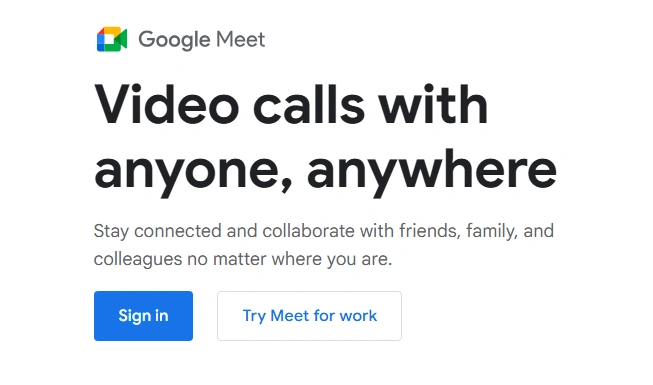
3. Slack
Slack enables instant communication and file sharing. It organizes conversations with channels and integrates with various productivity tools to streamline your workflows. With its huddle feature, you can also use Slack for quick audio/video chats, without needing another online communication tool.
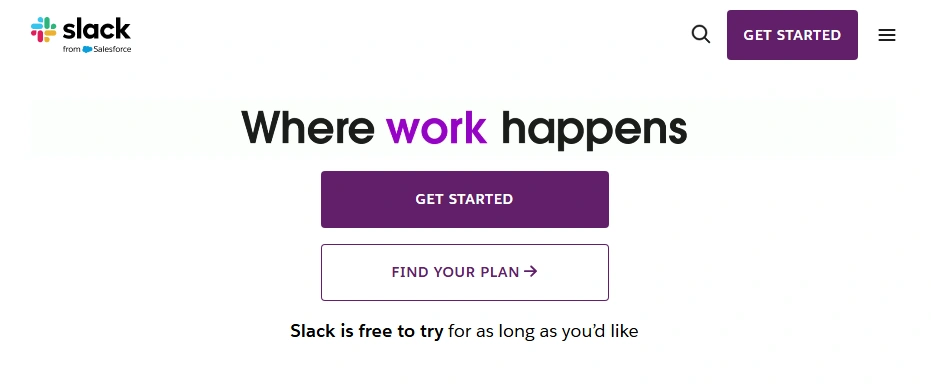
4. Microsoft Teams
Teams is one of the Microsoft 365 productivity tools. It enables you to communicate with your teammates through direct messages or audio/video conferences. Just like Slack, Teams allows for channels to categorize communication.
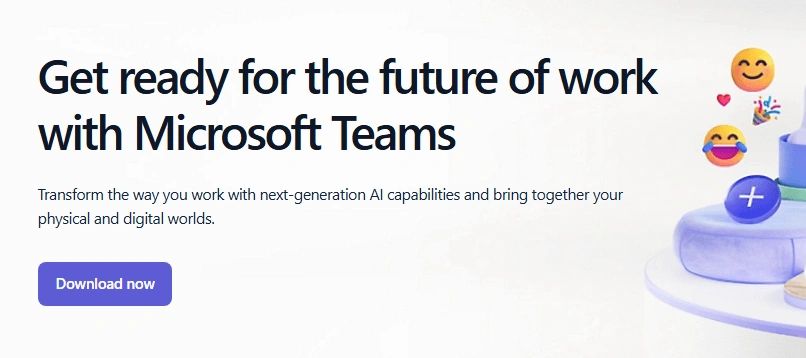
Remote Work Productivity Tools
5. Zapier
Zapier is one of the remote work tools that makes a great difference in productivity. You can automate tasks and connect Zapier to different applications to streamline various workflows. It is an easy-to-use tool offering ready-to-use automation templates and requiring no coding experience.
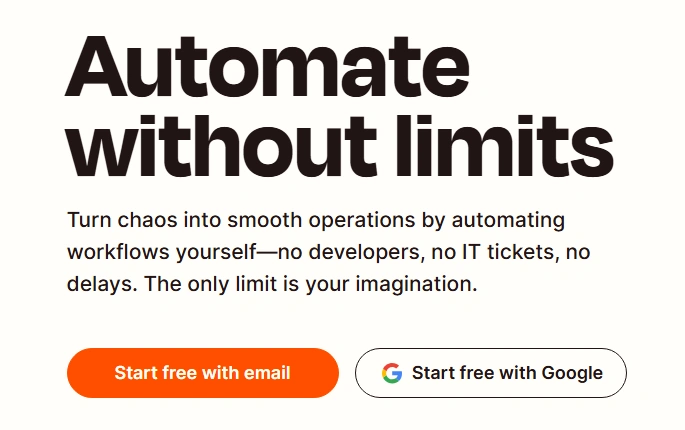
6. Maestra
Maestra is a suite of AI-powered tools, streamlining your transcription, translation, subtitling, and dubbing workflows. It is a cloud-based tool that enables collaboration on projects.

If you are a content creator you can automate your video and audio content creation processes, and if you are working with scattered, multinational teams, then you can benefit from Maestra’s meeting transcription and AI summarizer tools to ensure seamless communication across different languages.
Unlock the Power of AI
7. Make
Make visualizes workflows so that they are easy to manage and analyze. It is another automation software like Zapier that doesn’t require any coding knowledge. It makes workflows smoother with the drag-and-drop feature and API integrations.

Remote Work Management Tools
8. Trello
Trello is a project management tool that helps remote teams track projects and deadlines. It is mostly a visual project management tool using boards, lists, and charts.

Trello is also user-friendly because it enables drag-and-drop project management. You can customize boards, automate tasks, and integrate Trello with various tools to streamline your workflows.
9. Asana
Asana is another solution for remote workers to track their projects. It uses visuals like a Gantt chart or Kanban board to organize tasks. It is mostly preferred for its scalability and advanced reporting and tracking features. You can also integrate Asana with other workflow tools such as Slack and Zoom.

10. ClickUp
ClickUp is one of the remote team management tools offering various services. It is mostly used for task management, goal tracking, and document sharing among team members.

ClickUp is a highly customizable solution for remote teams: You can integrate it with over 1000 applications to streamline your workflow.
Document Management and Signing for Remote Teams
11. Google Drive
Google Drive is a cloud storage platform that enables real-time collaboration on projects. Since it is a part of the Google ecosystem, it seamlessly integrates with other tools offered by Google.
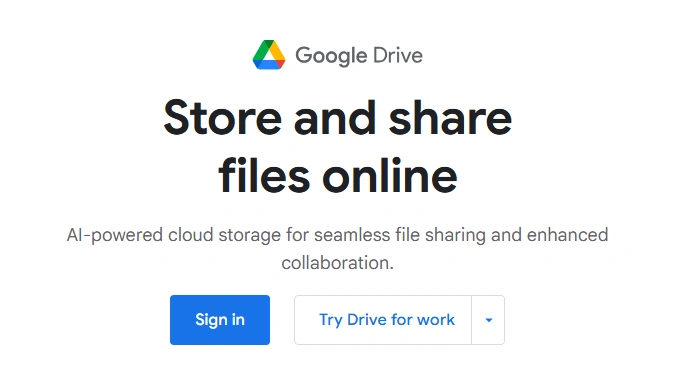
Google Drive offers version history and customizable permission levels to make project management easier. The free version has a storage limit of 15GB, but this limit goes higher with each paid plan.
12. Dropbox
Dropbox is also a file-sharing platform enabling collaboration. It is mostly used for its advanced security features, version history & recovery options, and file synchronization across devices.

You can also integrate it with other workflow tools such as Microsoft 365 and Slack to further simplify your flow of work.
13. DocuSign
DocuSign is a popular tool for signing legally binding documents online. It is a mobile-friendly and secure e-signature solution that integrates with various other tools like Google Drive and Microsoft 365 to speed up the document signing process and reduce paperwork.

14. Adobe Sign
Adobe Sign is another digital signature solution. It is a part of the Adobe Acrobat tool integrating with Microsoft and Dropbox.

Adobe Sign supports bulk signing and is also mobile-friendly, making the contract signing and approval processes smoother.
Remote Work Collaboration Tools
15. Miro
Miro is an online whiteboard where teams can collaborate and brainstorm ideas. It is like a blank canvas where you can draw anything or take notes using sticky notes.

Miro is great for running effective brainstorming sessions as a remote team. You can integrate it with other workflow tools such as Slack and Zoom and move from idea to outcome faster.
16. Mural
Mural is another visual collaboration tool for remote teams. You can run interactive remote workshops with Mural’s voting and commenting features in addition to its sticky notes, flowcharts, and mind maps.

It enables both real-time and asynchronous collaboration and integrates with various tools such as Microsoft Teams and Slack.
17. GitHub
GitHub is a remote collaboration tool that is specifically designed for developers. It enables code versioning and branching. It also offers great security features along with a huge open-source community.

18. Bitbucket
Bitbucket is another tool for software developers to store their codes in a safe place and collaborate on them.

As a cloud-based solution, Bitbucket tracks all changes made to a code and enables you to recover any version you want. You can also integrate Bitbucket with Jira, Trello, and more to smoothly manage tasks.
Virtual Office Solutions
19. Gather
Gather is a virtual office platform enabling remote workers to work together as if they were in an actual office room.
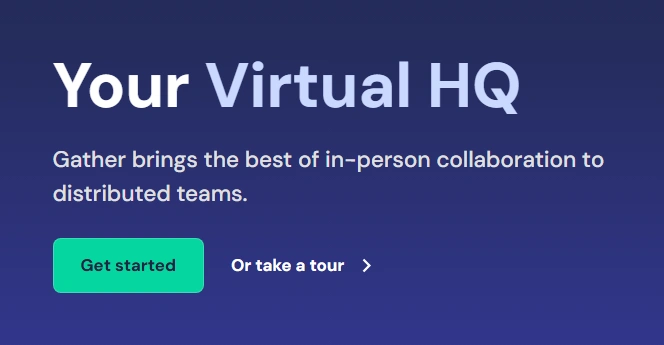
Gather is ideal for team building because it doesn’t only enable video calls but also encourages spontaneous conversations. It creates a virtual world just like a video game where everyone has an avatar.
20. Sococo
Sococo is another solution for remote workers to feel more connected. It creates a digital workspace where team members can act as if they are at a physical office.
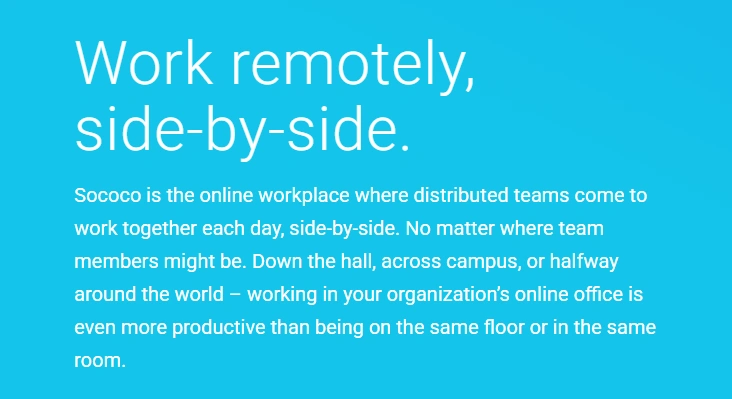
You can integrate Sococo with workflow tools such as Trello and Slack and streamline your workflow while also connecting with your team.
Which Tool to Use
Choosing which remote work tool to use is a make-or-break decision affecting the success of your business. Therefore, there are some important considerations for finding the right tool to address your needs such as:
All these factors are crucial for creating seamless workflows and increasing productivity. The ease of use is crucial because the goal of a remote work tool is to simplify your workflow. You don’t need anything to complicate your tasks.
The integration options, scalability, flexibility, versatility, and collaboration features will ensure a smooth flow of work without having to work day and night.
Make sure the tool you choose fits your budget so that it is sustainable, and if your job requires you to collaborate with your teammates, choose a tool that can facilitate online collaboration.
Boost Productivity with Maestra
Frequently Asked Questions
What is remote work model?
The remote work model doesn’t require employees to go to the office. Instead, they work from different locations such as their homes or co-working spaces. This working method can have different models such as fully remote and hybrid.
- The employees never go to a physical office in the fully remote model. They can work from anywhere.
- The hybrid model combines working remotely and in-office. Usually, the days of the week are split, allowing for some flexibility where employees can work from home or another place for a few days of the week.
What are remote working tools?
Remote working tools offer digital solutions for remote teams to collaborate, communicate, and manage tasks so that they don’t experience a drop in their productivity while working from home.
What is a remote collaboration tool?
A remote collaboration tool enables the members of a remote team to work together on their projects either in real-time or asynchronously, regardless of their location.
What's a benefit of using online communication tools for remote work?
Online communication tools help remote teams stay connected and work together effectively even though they are in different places, which improves team bonding and facilitates quick decision-making across different time zones.

